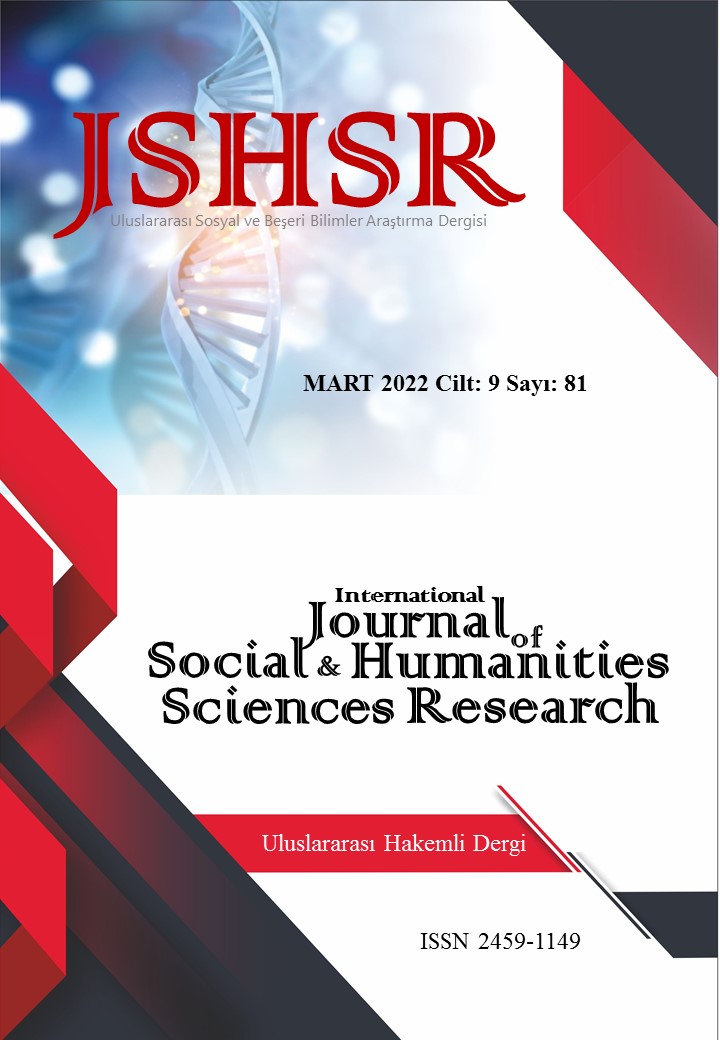SEBR AND TAKSIM AS METHOD OF DETECTION OF ILLET
DOI:
https://doi.org/10.26450/jshsr.3032Keywords:
Islamic Law, Ille, Method, Sebr and Taksim, ComparisonAbstract
One of the subjects in which there is intense debate among procedural scholars regarding the concept of cause (illah) is the issue of "The ways of detection and recognition of cause." This subject is handled with concepts such as "mesâlikü'l-ille", "ed-delil alâ sıhhati'l-ille", "turuku'l-ille" in the works of methodology. Being able to talk about the process of qiyas in the Shari'ah rules depends on the existence of the common cause between the essential and the subsidiary (fer'). However, the fact that the essential and subsidiary issues are common only in qualifications is not sufficient for the analogy (qiyas) operation. Partnership in this quality/cause must be determined and limited by certain rules. The procedural scholars have developed "methods for determining the disease/ways to be known" in order to determine the qualifications in the provisions that are suitable for being a cause. Sebr and taksim, which are accepted as one of these determination methods, have been the field of work of jurists in determining the disease in the discipline of the procedure. Sebr and taksim, which are accepted as one of these determination methods, have been the field of work of jurists in determining the disease in the discipline of the procedure. This article tries to reveal the nature/meaning area, parts, application form of sebr and taksim only in terms of the fiqh method, the relationship between the concept of tenkihu'l-menat and its value as evidence
Downloads
Published
How to Cite
Issue
Section
License
Copyright (c) 2022 INTERNATIONAL JOURNAL OF SOCIAL HUMANITIES SCIENCES RESEARCH

This work is licensed under a Creative Commons Attribution 4.0 International License.


